This post is also available in: Italian
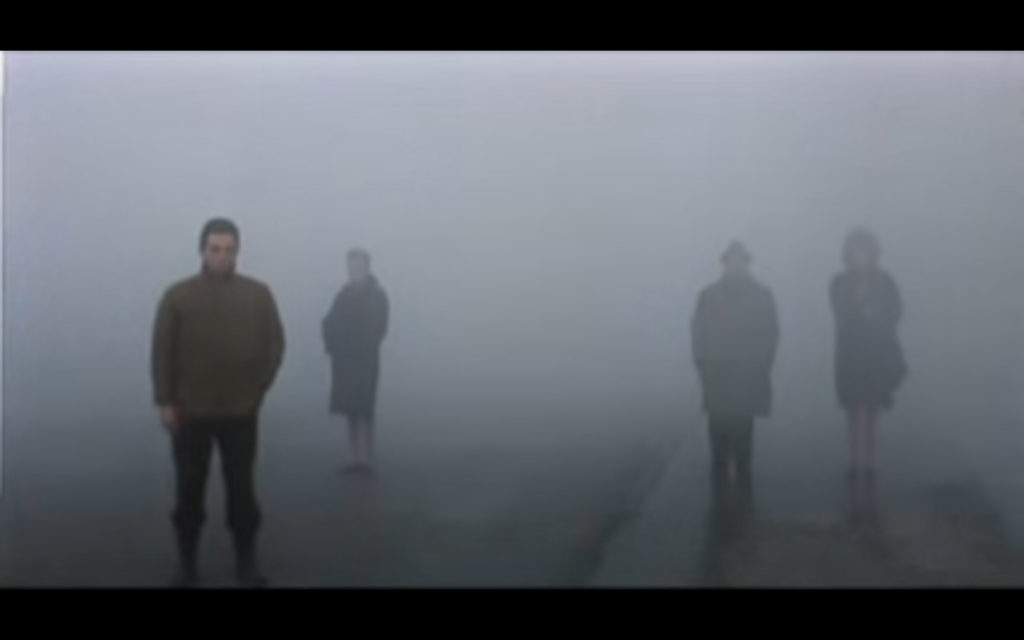
The question came all of a sudden. At last.
After an endless, brief pause, when you’re about to treat yourself to a systemic, neural decompression, in that moment of cerebral darkness that precedes awareness, there, a girl worked up her courage and, in a trembling, clearly embarrassed voice — perhaps because of my presence or her fear of a stupid question — she ASKED.
My legs got shaky, and I felt the urge to sit down — maybe due to the imminence of the answer I could no longer postpone or the fact that, at last, I should have “faced myself” thanks to another person and solved this private matter once and for all.
I wanted to start by taking the time that such a stupid question required, comfortably and relaxed. A long, dense, deep breath and a few seconds to seek mental clarity — which never came.
“How do you photograph nothingness?” she asked.

I’d been spending years trying to get ready for that question, but then I always ended up getting caught in other thoughts owing to my mental laziness and my hidden, dark, personal reasons.
But when this question periodically popped up on my mind, I used to try to understand why I unconsciously avoided it — quickly, automatically; however, I always had nothing more than weak, unbearable answers.
This “nothingness” inevitably dragged me to metaphysical considerations about void, solitude, and silence; to that thin border line between reality and hanging/mystery, to dreadful, Nitzschean considerations about the intolerance of “the vision of life”.
And what if finding out Something were more dreadful than Nothingness?
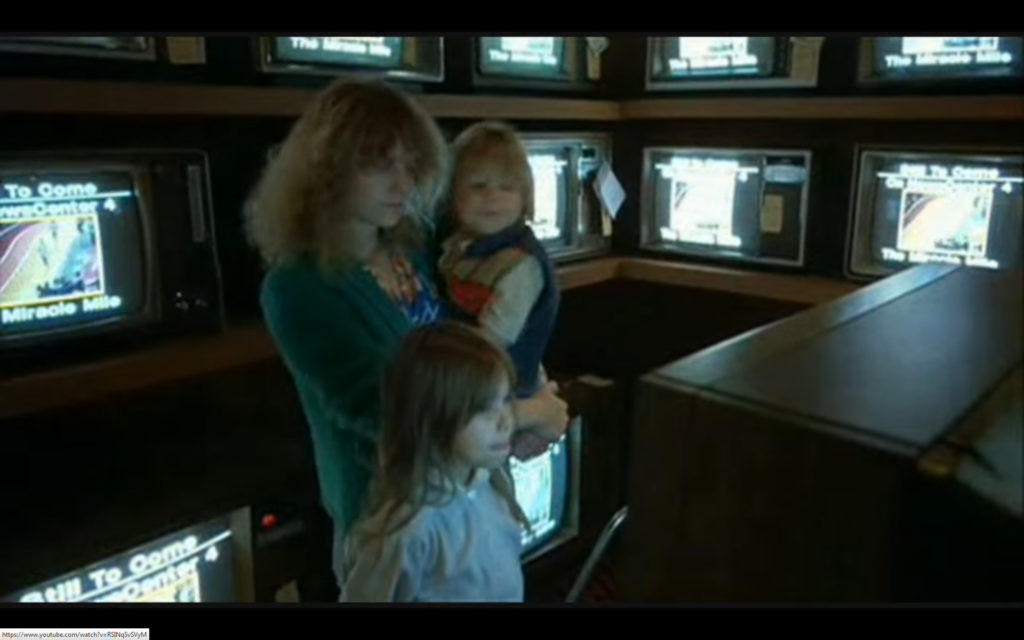
I could have started with a Lacanian reflection on the “Thing”, that primitive, constitutive nucleus of the Ego that sounds unreachable and lost to us. The Thing that takes the shape of a central void, a hole. Something alienated, something “I cannot know even though it’s inside of me”, like something that always hangs between a hypothetical “inside” and a hypothetical “outside”. I could have philosophized about Art as the organization of the void, as the edging of the central void of the Thing, which is unrepresentable by definition — according to Lacan. In short, it’s about inserting absence in a form. The form of nothingness, indeed.
In art history, different concepts such as God, Nature, Infinity, Language, Void, Space, and Time, as Kounellis pointed out, have the same function, which is to build a bridge between reality and the intrinsic mystery of things.
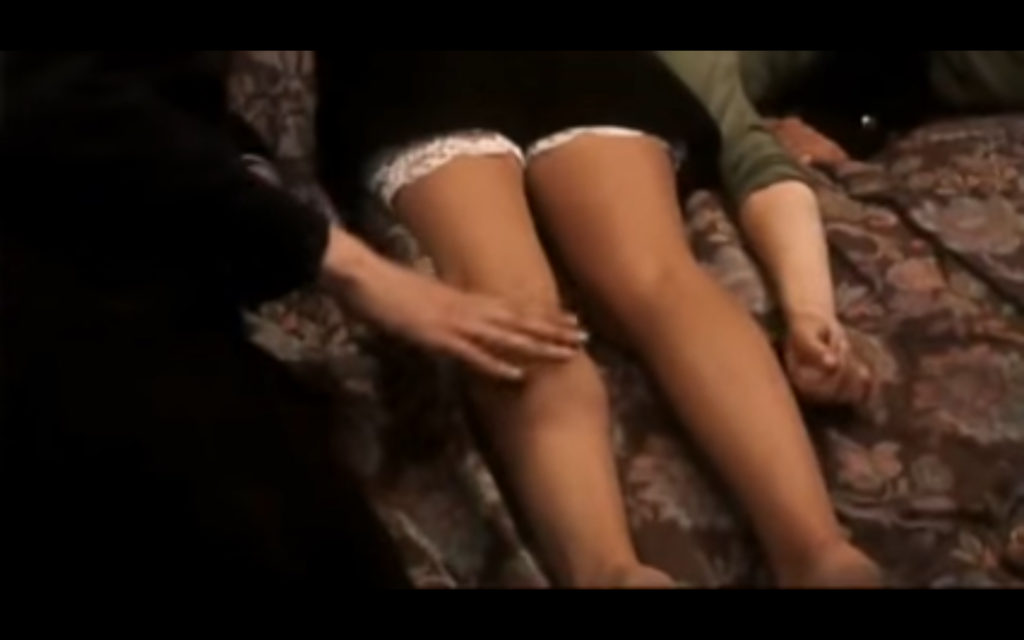
I could have spoken about this… But I didn’t.
“Why do you want to know?” I asked. “I think nothing can be photographed per se, least of all the void, silence, or solitude. Let’s rather wonder how it manifests itself in us and around us. This can be photographed.”
“The void” I continued “with its clear, disarming awareness of ‘impossibility’ it carries around. DeLillo and Easton Ellis tell us about the void, about silence and nothingness through a human society by now collapsed and destined for moral — and probably physical — extinction. After all, as DeLillo states, time — in the age of global disaster — is told only by money, and people’s life and death are compared only to rats’.
“There are dead stars that still shine because their light is trapped in time. Where do I stand in this light, which does not strictly exist?”
D. DeLillo – Cosmopolis
“Turn up the TV, no one listening will suspect. Even your mother won’t detect it, so your father won’t know. They think that I’ve got no respect but Everything is less than zero.”
B. Easton Ellis – Less Than Zero
I continued… “Or silence, for example. Michelangelo Antonioni portrayed silence as a necessary place for moving from the invisible to the visible; a moment of unavoidable hanging, necessary for the incubation of the image, an emotional, space-time fracture of the brutal, existential reality.”
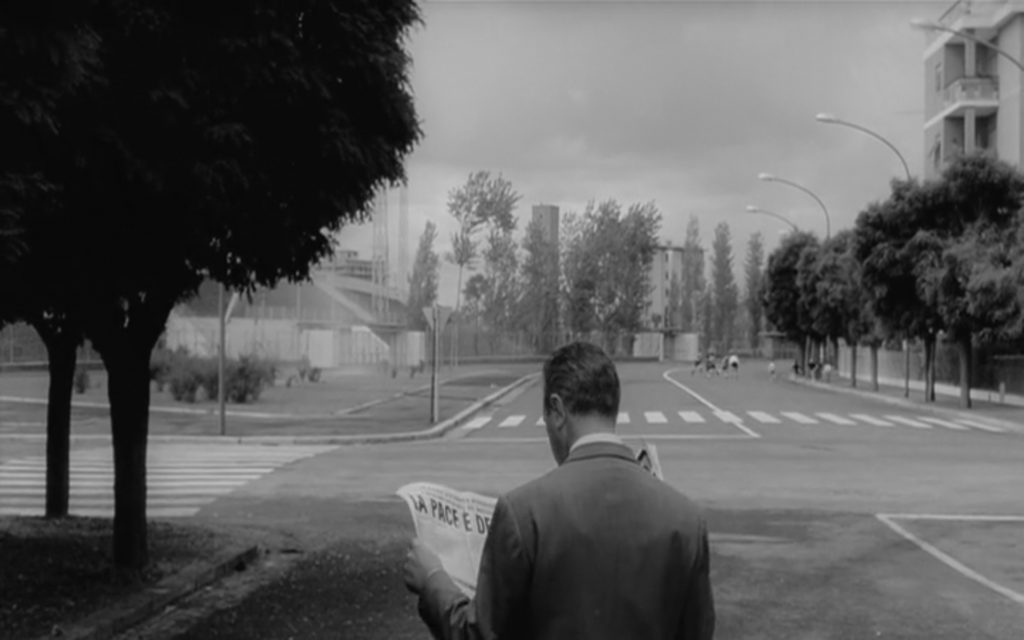
“Today the dialogues of a film broadcast on TV came into the living room: ‘If I were you, Jim, I wouldn’t do it.”
After this sentence, I heard the howling of a dog; long, sincere, perfect in its parable that ended in the air as in a great sorrow. Then I thought I heard a place, but it was my silence, and I was happy.
The park is full of silence made of noises. If you press your ear to a tree and listen, you’ll hear a noise eventually. Maybe it depends on us, but I like thinking it comes from the tree. That silence was broken by an alien noise disturbing the sonorous landscape around me. I didn’t want to hear it, I closed the window, but it persisted. I thought I was going out of my mind. I wouldn’t hear useless sounds, I would like to select them during the day, and the same goes for voices, words. There are so many words I wouldn’t listen to, but you can’t escape, you must resign yourself, just how you resign to the waves of the sea when you float on them.”
“Will you let me hear it again?”
M. Antonioni – La Notte
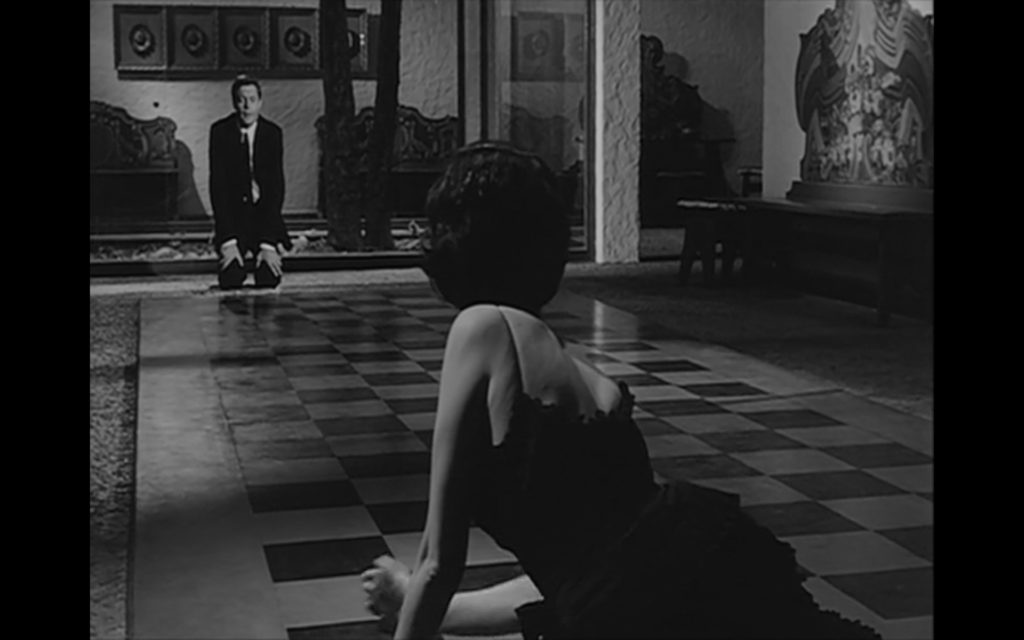
… Silence.
Recommended inspirations:
J. Lacan – Seminar. Book VII: The Ethics of Psychoanalysis
D. DeLillo – Cosmopolis
M. Antonioni – Incommunicability Trilogy / The Adventure, The Night, The Eclipse
G. Reggio – Koyaanisqatsi
B. Easton Ellis – Less Than Zero
F. Ruina – Lacan e l’estetica del vuoto (Lacan and the Aesthetics of the Void)
